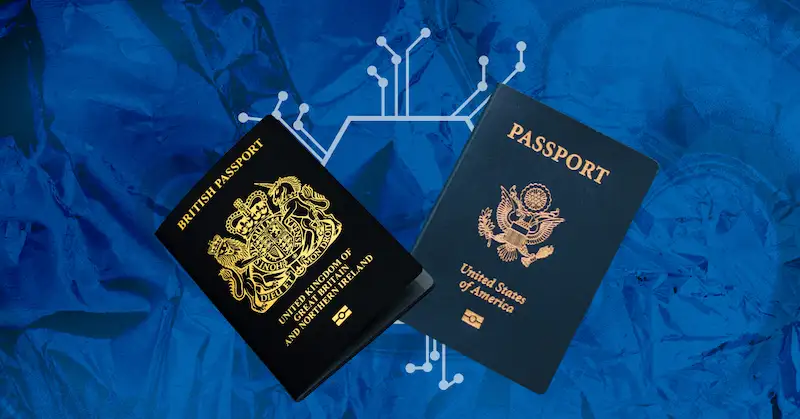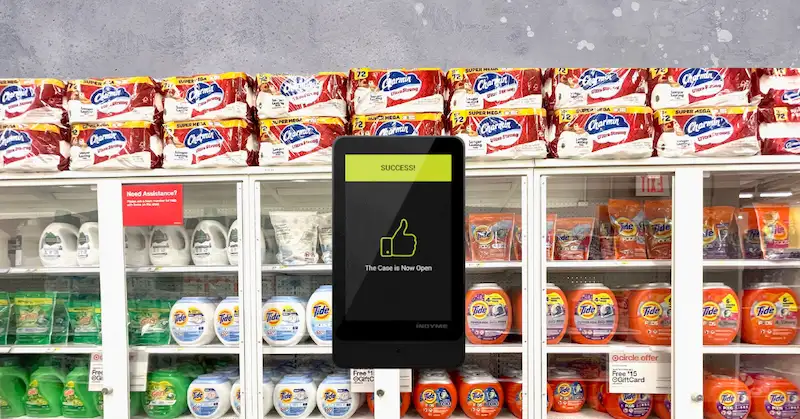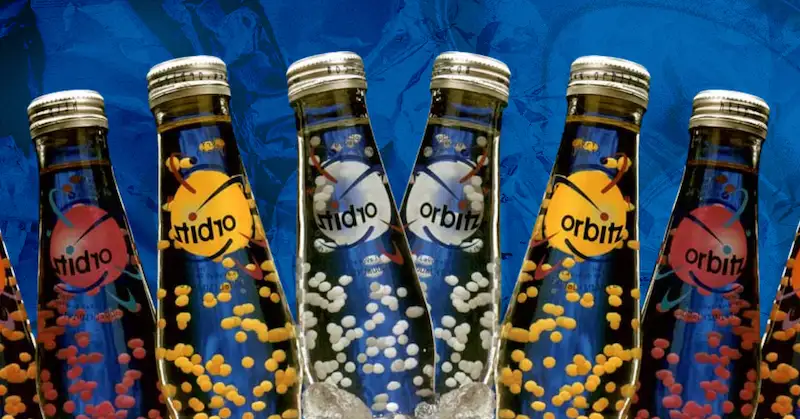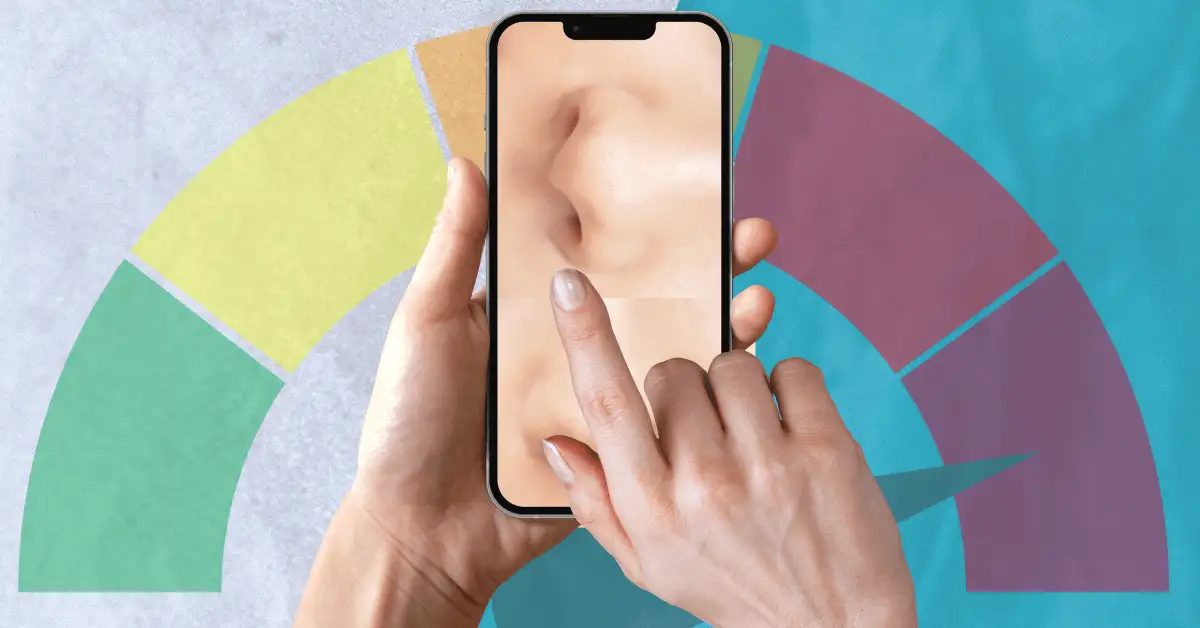If you’ve ever tried to buy fruit at a self-checkout kiosk, you know it can be a nightmare.
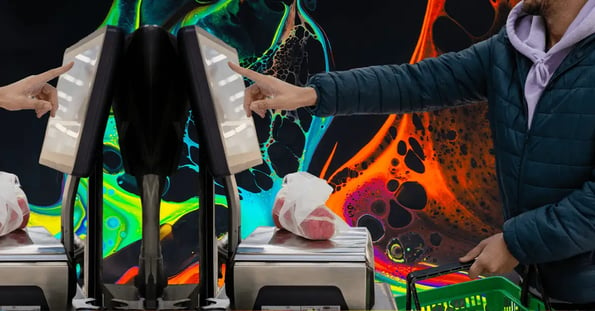
Fending off a line of impatient customers while trying to make sense of illegible bar codes is not for the weak.
And once the machine starts screaming to “wait for assistance,” it’s all over.
It’s not just you — while the handy kiosks were once the apple of every big retailer’s eye, more companies are turning their backs on the tech, per The Atlantic:
- Walmart removed self-checkouts entirely from some of its stores and is redesigning others.
- Costco is cracking down on card-sharing by staffing its self-checkout lines more heavily.
- ShopRite brought cashiers back into stores after a flood of customer complaints.
What they do have going for them: machines don’t ask for PTO, catch the flu, or demand better pay or benefits — all things that corporations love to avoid.
But kiosks come with their own nuisances
According to a 2021 survey, 67% of customers said they’ve experienced a self-checkout “fail.”
Plus, they can be high-maintenance for stores, too:
- They often break, with buggy and unreliable tech.
- Kiosk maintenance can be costly, requiring specialized IT support.
- They contribute to the ~$100B retail shrink problem, from both theft and scanning mistakes.
And they’re expensive. Four lanes of self-checkout kiosks cost stores an average of $125k to install.
Replacing employees with self-checkout kiosks can cause other issues, such as messy or understocked shelves, worsened customer service, and accessibility issues for wheelchair users and people with limited vision.
In the future…
… stores may keep the self-checkouts and the employees.
Kroger is testing a model that relies entirely on self-checkout but won’t reduce the amount of cashiers; employees will instead assist customers with the checkout process at kiosks. Alternatively, there’s always the Amazon Go model: no checking out at all.
bc75.jpg)
